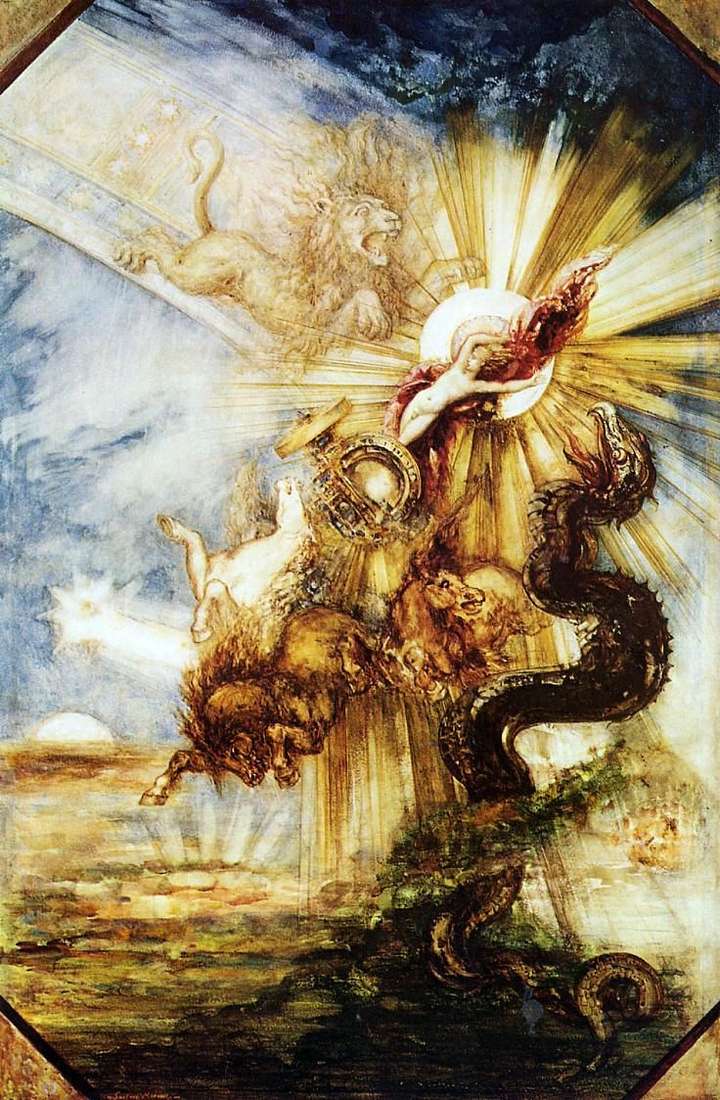
The first car inevitably had to be like a wagon or cart – after all, it was created not from scratch, but on the principle of analogy, similarity. Carts and carts, transformed, turned into carriages and phaetons. And in our time, when neither the carriages nor the phaetons can be met, very few people know the origin of this name – the phaeton.
The word was once a proper name. That was the name of the son of Helios, the sun god. Being young and daring, he begged his father to allow him to control the heavenly chariot, making his usual way through the firmament. Unfortunately, his father agreed, and Phaeton, as they would say now, lost control.
The first of the artists who captured the moment of the fall of Phaethon was the famous P. P. Rubens. In the second half of the 19th century, his French colleagues Gustave Moreau turned to the same episode from ancient mythology. From mythology it is known that the fall of Phaeton was accompanied by a great fire on Earth.
In order to avoid even greater misfortunes, Zeus had to strike Phaethon with lightning. The appearance of the perishing son of Helios in the picture of Moreau is hardly guessed. Bacchanalia is the word that comes to mind when considering this picture. Here the remnants of chariots, horses and parts of the human body mixed up in a pile. Over all this, the head of the dragon from hell rises triumphantly.
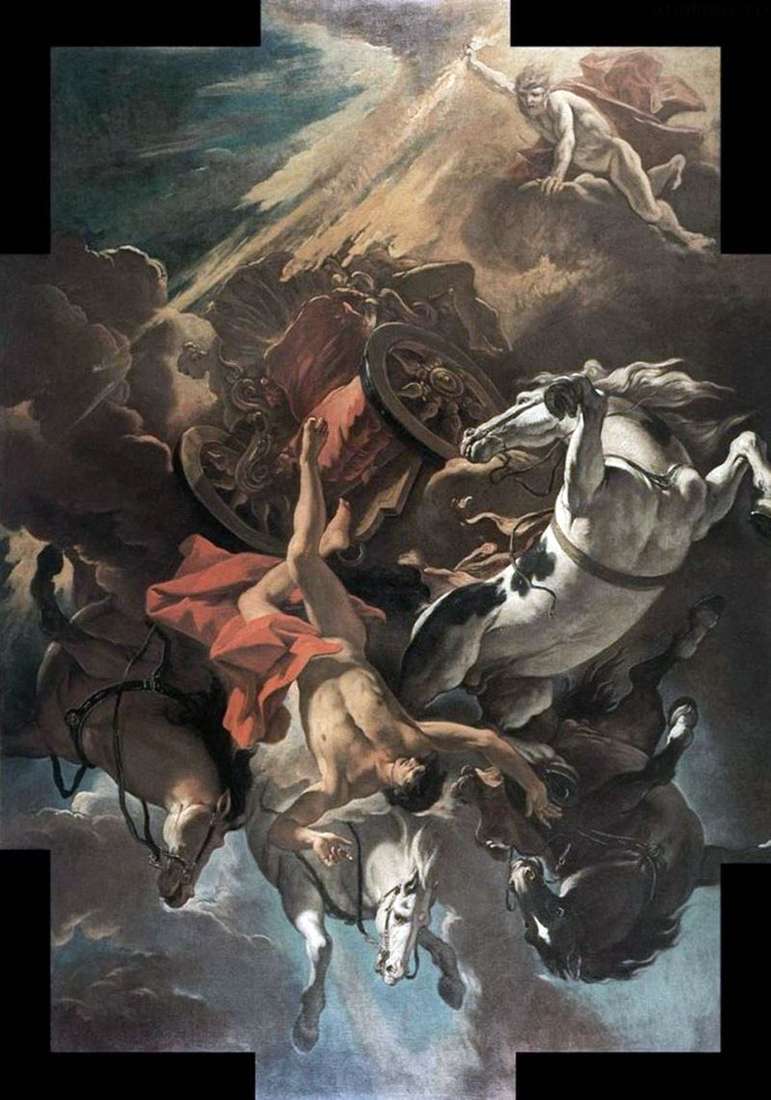 The Fall of Phaeton by Sebastiano Ricci
The Fall of Phaeton by Sebastiano Ricci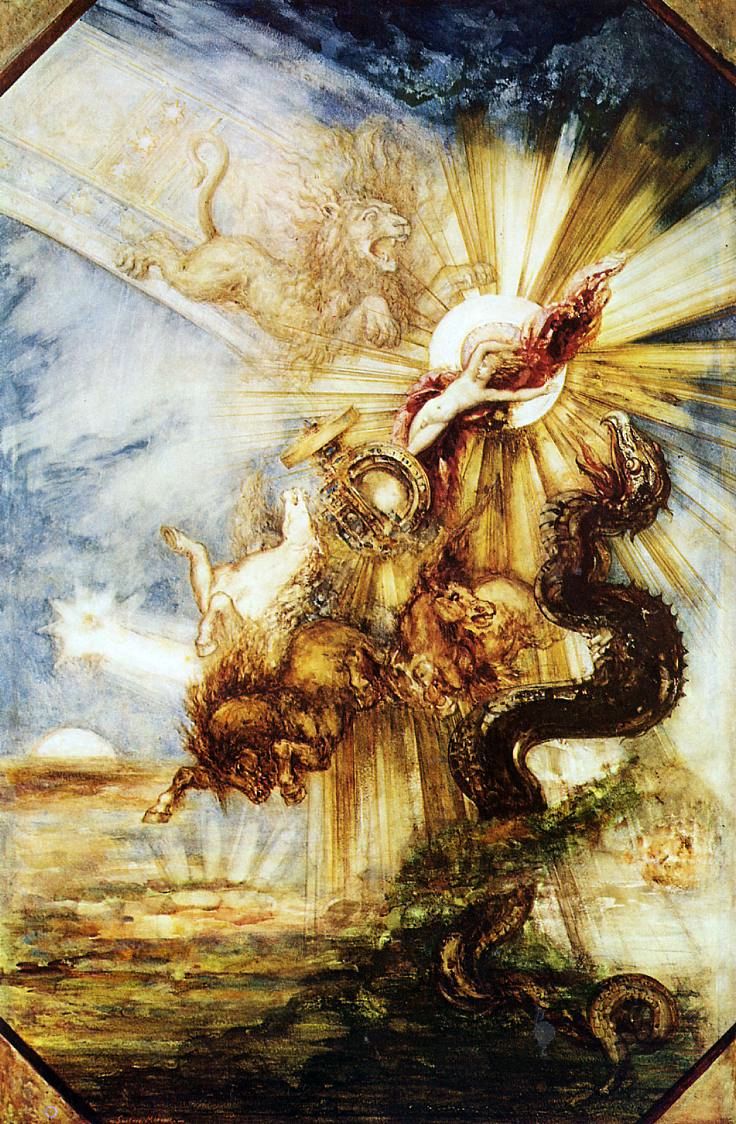 Phaeton – Gustave Moreau
Phaeton – Gustave Moreau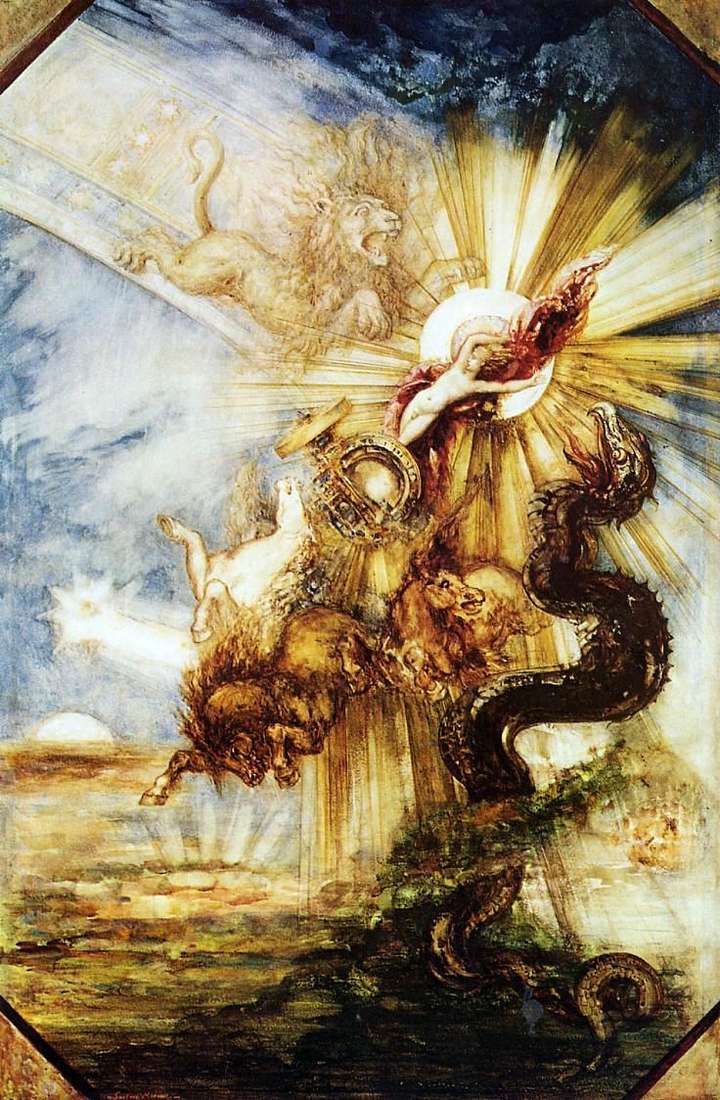 Faetón – Gustave Moreau
Faetón – Gustave Moreau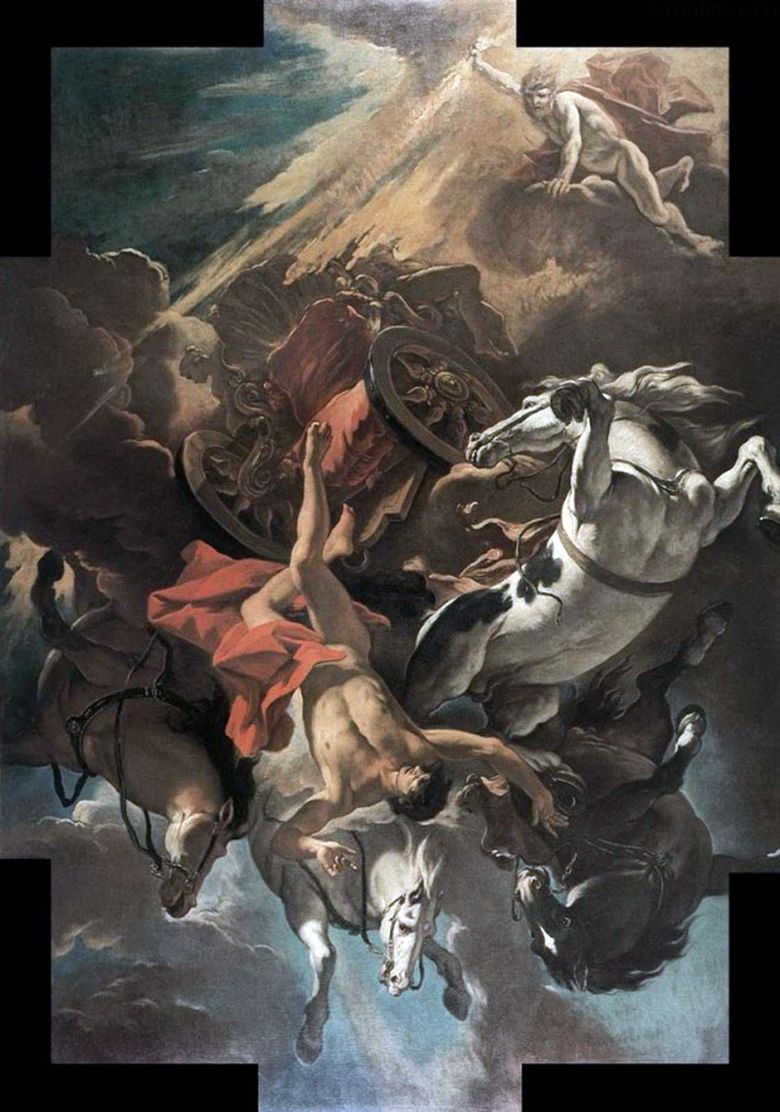 La chute de Phaeton – Sebastiano Ricci
La chute de Phaeton – Sebastiano Ricci Inspiration by Gustave Moreau
Inspiration by Gustave Moreau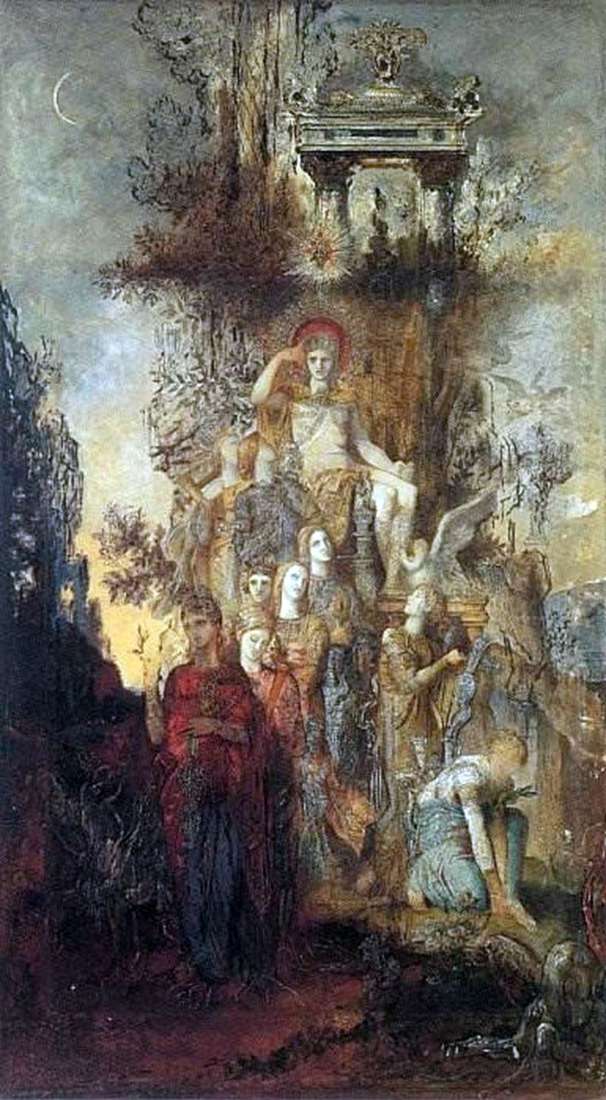 Muse, leaving his father Apollo by Gustave Moreau
Muse, leaving his father Apollo by Gustave Moreau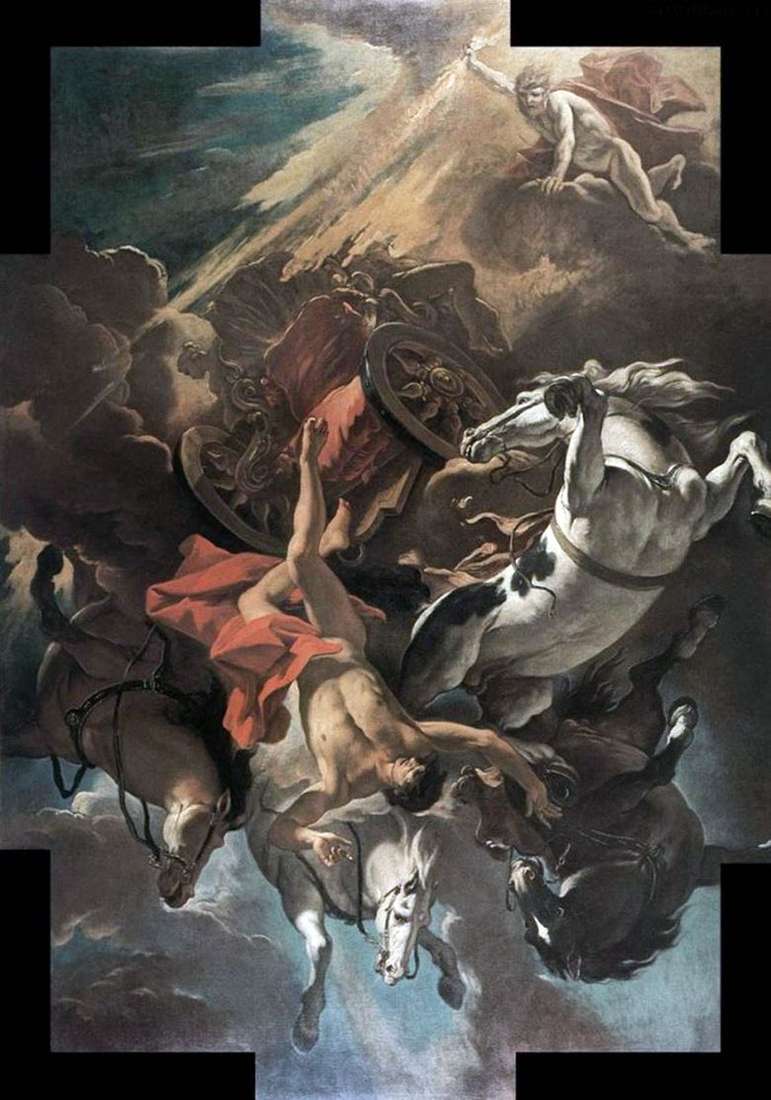 La caída de Phaeton – Sebastiano Ricci
La caída de Phaeton – Sebastiano Ricci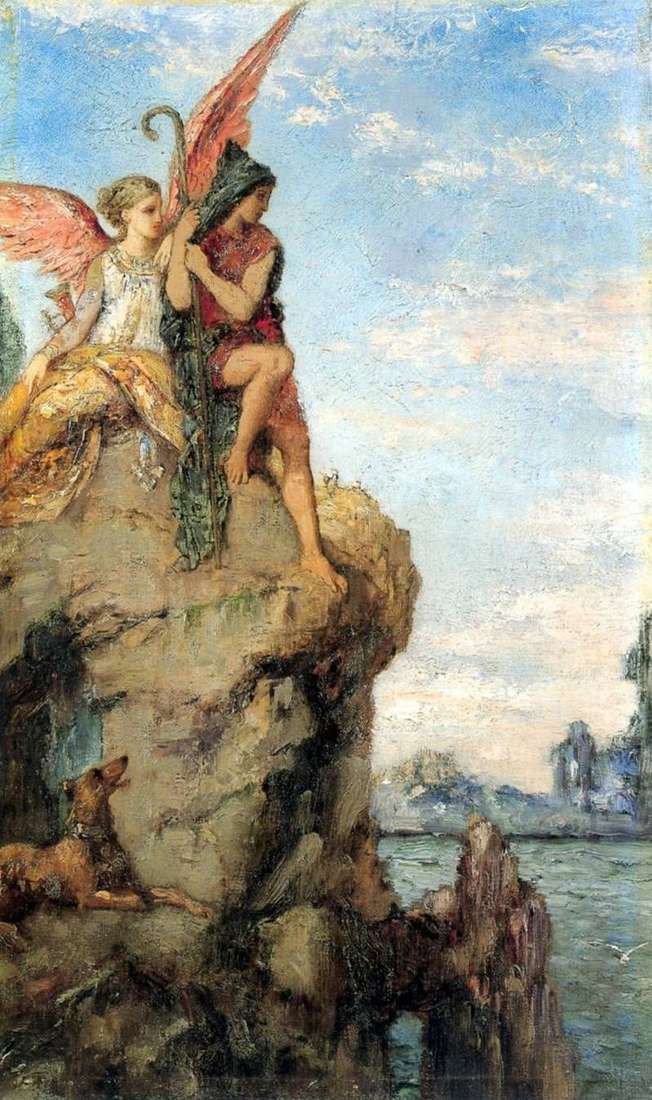 Hesiod and Muse by Gustave Moreau
Hesiod and Muse by Gustave Moreau